|
In 1920, American poet Robert Frost moved his family from a rustic farm in New Hampshire to the Stone House Farm in Bennington, Vermont where he hoped to live his dual life as both a farmer and a poet. His move to Bennington was one of many moves and started a decade when his luck would change. Here, Frost would write one of his most famous poems “Stopping by Woods on a Snowy Evening”, win his first Pulitzer Prize, and receive both a fellowship at the University of Michigan and a teaching offer at Amherst College. By 1920, he was an old poet, since most poets found success earlier in life and Frost was now 46. The man that modern Americans consider to be the most universally-loved 20th century poet was part wanderer, part naturalist, part gambler, and part nostalgic dreamer. The California-born poet would become known as a New Englander who defined America by giving all Americans a way of seeing ourselves in connection to the natural world around us. Our appreciation for nature is one of our shared values. Up to this point, Frost’s professional life had been one of compromise and partial successes in both farming and writing; he sold his New Hampshire family farm with hopes of finding fame in London then later tried his hand at producing everything from chickens to apple trees on his farms. The early years of his marriage were partially-financed by his grandfather, a serious man who disapproved of Harvard as “a drinking place” and wanted Frost to find a footing in New England as a productive, sober citizen. Frost survived by the generosity of others and depended on their recognition of his ability to continue writing. Frost’s Connection to the Land Frost’s ties to the land started in 1899 when a doctor recommended he take up farming as a means to stay active mentally, emotionally, and physically. Throughout his poetry, readers enjoy the theme of personal discovery through time spent outdoors. Frost found himself with one hand on a farmer’s shovel and the other on the poet’s pen, much like many Americans, who are not easily defined by a narrow description by a single occupation. On a warm June day in 1922, Robert Frost sat at his dining room table and drafted the poem “Stopping by Woods on a Snowy Evening”. His deep understanding of the landscape made him particularly well suited to pen this piece, as he was most productive while he was actively farming not when he was surrounded by scholars on a college campus. The dining room of the Stone House is dedicated solely to the poem. On one wall, the poem’s rough draft is painted in black letters with editing marks to indicate places Frost made changes to the original draft. A record-player sits next to the front window with a recording of Frost reading the poem. In the middle of the room, a traditional wood table is surrounded by Windsor chairs in a warm finish, giving the room a feel of what it may have been like when Frost’s family enjoyed dinner in that room. There is a sense of magic to stand in the same space that a beloved writer once stood. To look out the windows, the bask in the natural light, to gaze at the same sights that they would have seen gives one a sense of connection to that writer. Time collapses as we share space with the writers of the poems that we repeat to ourselves in life’s important moments. The Property Frost planted hundreds of heirloom variety apple trees on the Stone House Farm in the decade he lived there. Today, many of those trees have died out from wind storms and severe weather, but horticulturalists connected to the museum are working to propagate the original varieties to continue their lines. Frost’s goal was to plant a thousand trees of unique varieties, suggesting both his dedication to creative farming and his drive to make sense of the natural environment for its own sake. Surrounding the house are seven acres of the original farm. These contain a woodland area of deciduous trees and some of the same cultivars of Frost’s apple trees. There is also a poetry walk behind the house with a natural pathway dotted with plaques with Frost’s poetry and artwork by readers. As visitors walk along the pathway, the poetry and artwork becomes a part of the experience of enjoying the natural surroundings. Robert Frost’s Stone House is managed by Bennington College, an institution that was founded while he lived at the house. They offer tours of the property as well as lectures and events related to Frost, the farm, and the area. No doubt, Robert Frost will continue to be widely read and loved by Americans, as his voice continues to resonate with our shared values. Plan a visit to the Robert Frost Stone House You can read the poem “Stopping by Woods on a Snowy Evening” at the Poetry Foundation. Related Blog Posts
|
About the SiteWelcome, Writers! Archives
September 2023
|
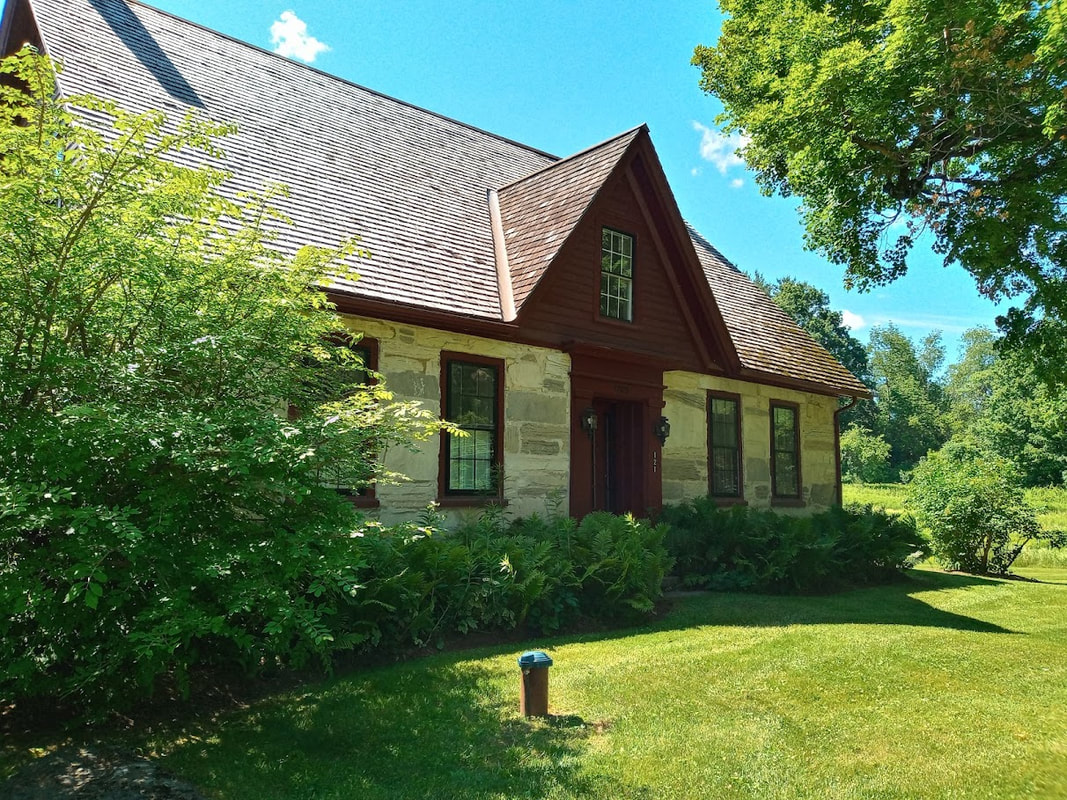
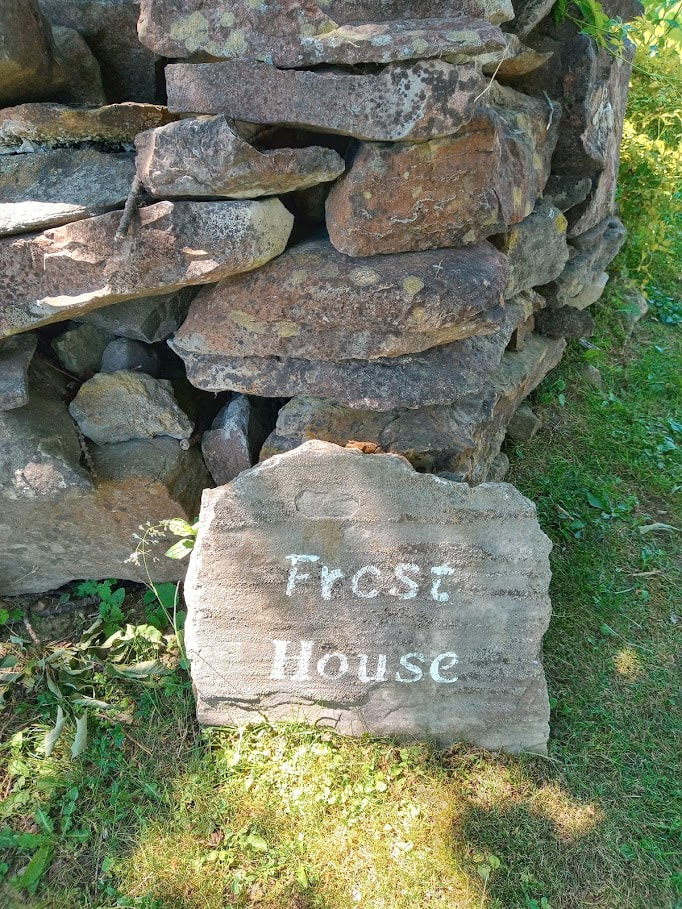
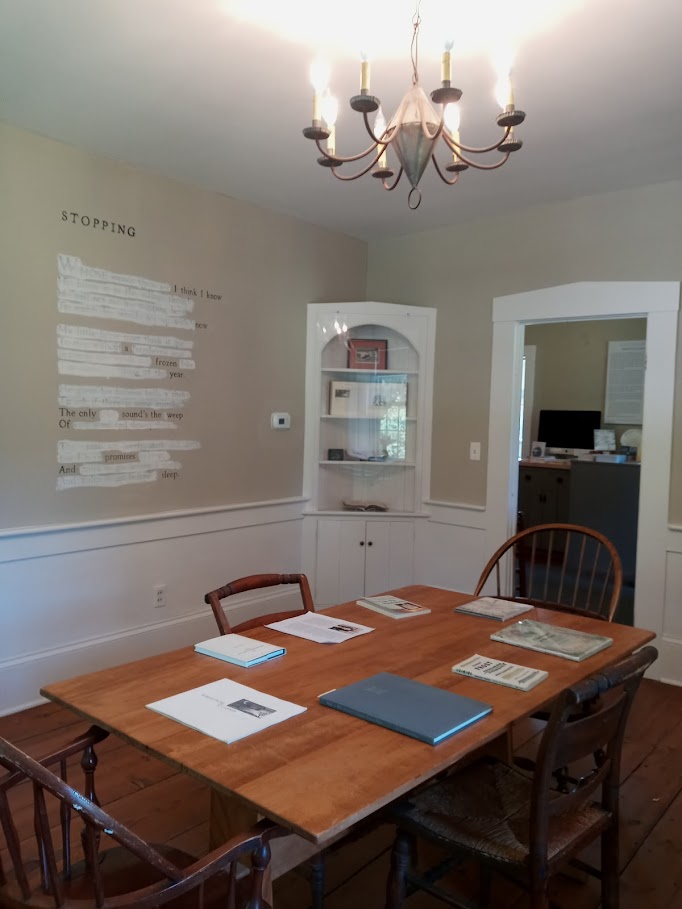

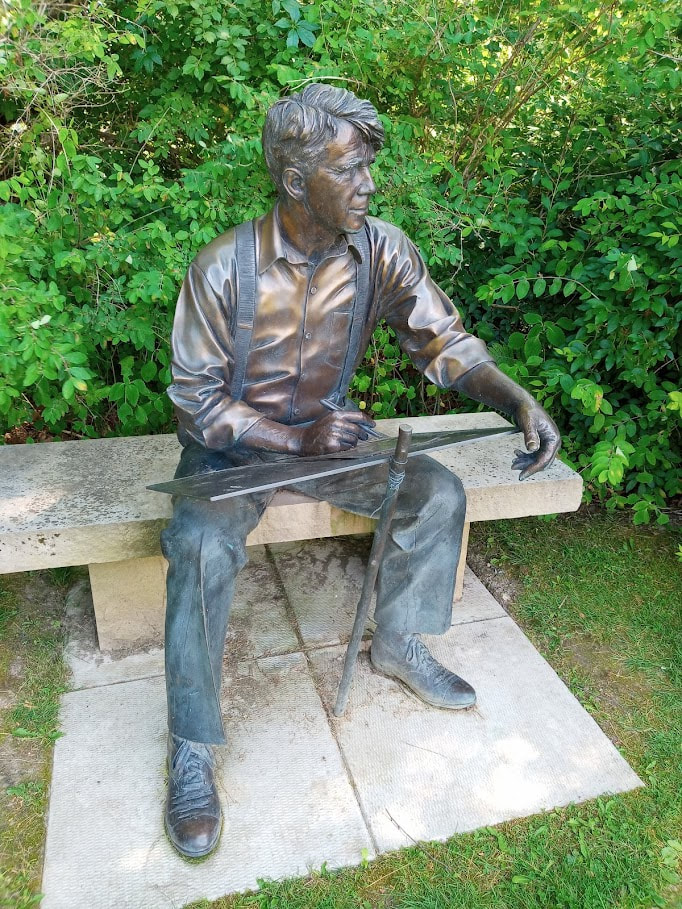
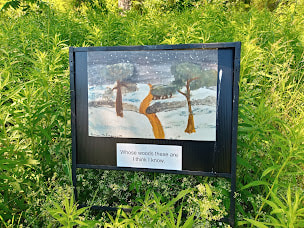


 RSS Feed
RSS Feed